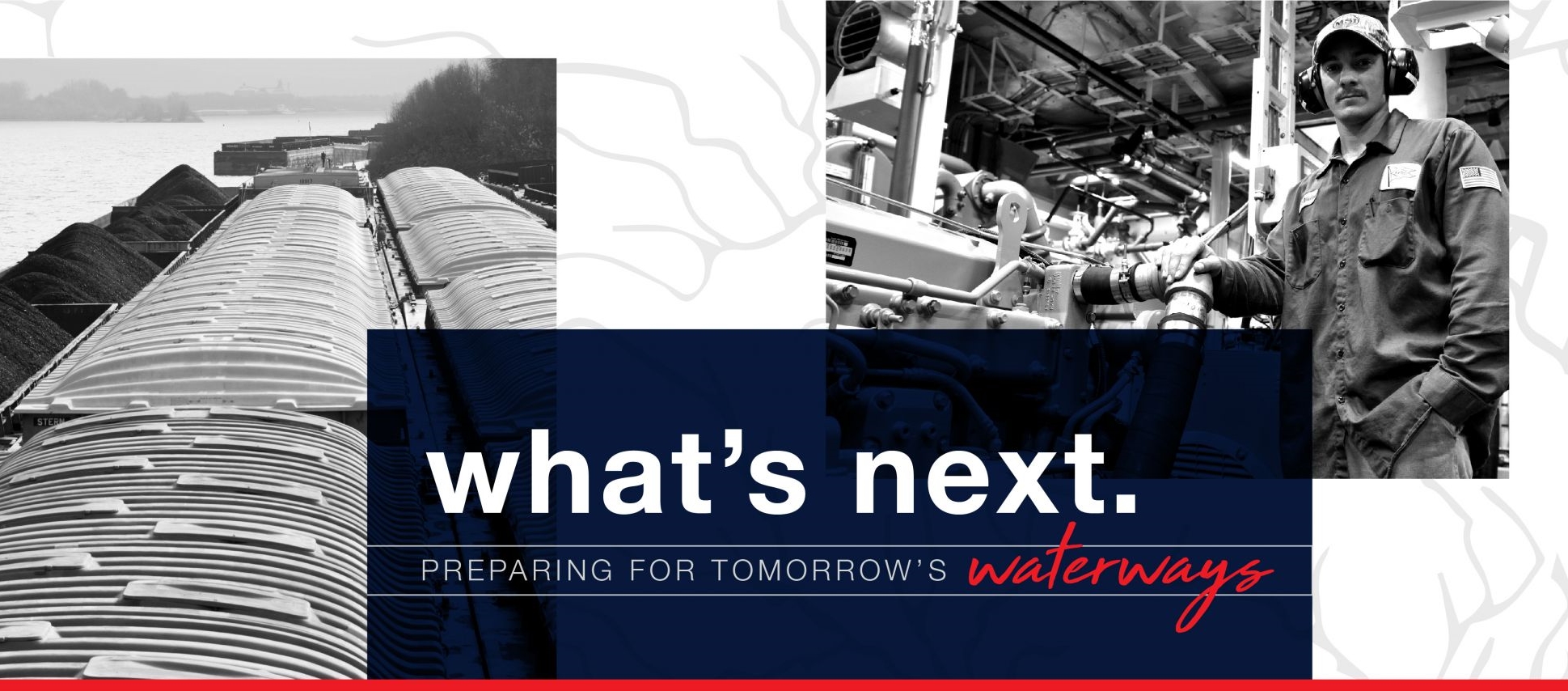What will the future look like? And what can be done now to shape it?
Those questions have, no doubt, raced through every person’s mind during the COVID pandemic. And yet concerns about the future are not unique to COVID-19. These questions face every person, community, industry or business from time to time.
The same questions are now facing the maritime industry of the United States, the agencies that maintain and manage the nation’s rivers, lakes and waterways, and the people who live along and depend on them. What will tomorrow’s waterways look like? What must be done now to shape that future?
The 2022 Inland Marine Expo (IMX) will focus on “Tomorrow’s Waterways,” and for good reason. With the passage of the Infrastructure Investment and Jobs Act late last year, some $2.5 billion of federal funding was designated for new construction and major rehabilitation projects along the inland waterways—navigation projects that are itemized in the U.S. Army Corps of Engineers’ Capital Investment Strategy (CIS).
As Waterways Council Inc. (WCI) stated following passage of the bill, “When $2.5 billion is coupled with annual appropriations over the next five years, two-thirds of the CIS portfolio could potentially be funded to completion.”
Besides that, an additional $4 billion in the bill was allocated for the Corps’ operations and maintenance account.
WCI called the bill a “once-in-a-generation opportunity to modernize the nation’s inland waterways transportation system to provide energy security, increase global competitiveness and further improve our environmental footprint.”
Likewise, the towboat and barge industry is also facing a major milestone this summer with the conclusion of the four-year phase-in period of Subchapter M. On July 20, 100 percent of the U.S. towboat fleet is expected to be in full compliance and fully certificated according to Subchapter M’s towing vessel regulations.
“The goal of Sub M was to build on the good work of AWO members and other responsible operators and raise safety standards industry-wide,” said Jennifer Carpenter, president and CEO of The American Waterways Operators. “We’ve begun to see the retirement of marginal equipment, and I expect that trend to accelerate as the final regulatory deadline approaches. That will make our waterways safer and create a more level playing field for quality operators—good news all around.”
All of these issues will have a long-lasting impact on the future of the inland rivers, lakes and intracoastal waterways of the United States. And at IMX, this will be the focus of the opening keynote, which will feature Carpenter and Tracy Zea, president and CEO of WCI. Carpenter will speak on her association’s efforts to promote the economic and security contributions, as well as the safety and environmental advantages, of the maritime industry, while Zea will address WCI’s efforts to ensure the system is efficient and reliable and receives the necessary funding for much-needed lock modernization.
Together, AWO and WCI, along with the entire maritime industry, are “Advocating for Tomorrow’s Waterways.”
IMX will continue that focus on “Tomorrow’s Waterways” throughout its two days of education sessions, which will provide insight from some of the best leaders and advocates in the industry. Education sessions will take a closer look at the future of infrastructure on the nation’s waterways, propulsion and construction trends driving the industry forward, tomorrow’s workforce and the role of inland ports and terminals.
Registration information and event details are available at inlandmarineexpo.com.




